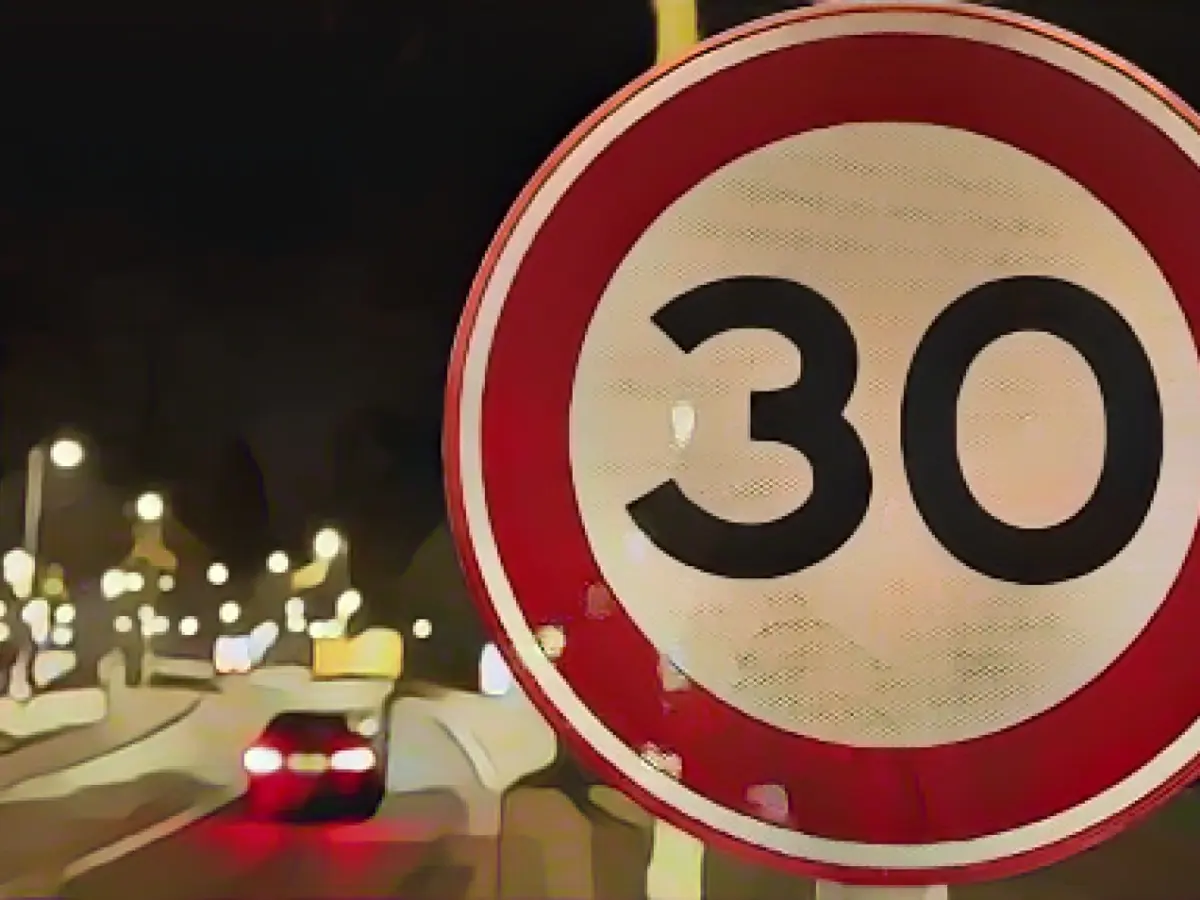Amsterdam Reworked: Speeding Less, Living More
Starting this Friday, Amsterdam will be the first Dutch city to significantly lower its average speed limit to 30 km/h on most of its roads. This bold move, driven by traffic safety and urban living concerns, sets a new precedent in the Netherlands.
With the bustling city's population nearing 800,000 and a staggering 20 million annual tourists, traffic accidents have become a common occurrence. In 2021, over 4,800 accidents were reported, with 15 fatalities. It's time for change, claims Alderwoman Melanie van der Horst, responsible for Amsterdam's traffic.
This 30 km/h speed limit on approximately 80% of the city's roads is an attempt to create a safer and quieter urban space. Drivers will have to adapt to their surroundings, yielding to cyclists and pedestrians who are now top priority in Amsterdam. Major thoroughfares will still allow for 50 km/h speeds, with exceptions for buses, streetcars, and cabs when extra lanes are available.
The city has extended priority to two-wheel transportation and pedestrians by closing several streets to cars, turning them into pedestrian and bicycle zones. The emergence of "fietsstraten" - roads where cars are considered guests, while cyclists have first dibs - reflects Amsterdam's commitment to embracing sustainable transportation in its urban landscape.
Insights
- Reducing speed limits promotes safety for light vehicles and pedestrians, reducing the risk of accidents.
- Lowering the speed limit encourages the use of bicycles, contributing to more sustainable transportation.
- A heralded urban living experience is fostered through reduced traffic congestion, and noise levels.
- Broad urban design is forged, incorporating various transportation modes, such as e-mopeds, e-bikes, and e-scooters.
- Traffic flow improves, reducing overall congestion and enhancing safety at busy intersections.
- Parking policies, like paid parking areas within the A10 ring road, discourage driving in central areas and promote alternative transportation options.
- Amsterdam's push towards a lower emission zone (LEZ) for diesel vehicles supports its environmental goals, making the city cleaner and more sustainable.
- Public awareness and support for speed limit reductions are strengthened through civic campaigns educating residents and visitors.
Open Road Ahead
As Amsterdam embarks on its journey towards a more sustainable, safe, and livable city, visitors should be aware of the 30 km/h speed constraint in most parts of the city. While the pace might slow, the ultimate goal is to build a harmonious urban space where cyclists, pedestrians, and light vehicles can coexist peacefully.








